At some point I will learn to not get into conversations with people who are either new to programming or have done only one thing all of their lives. One such person suggested I should use OpenSUSE Leap for my Linux desktop. What they knew not was that I used to use SuSE Linux back when we only had dial-up Internet and the entire distro came shipped on a box of CDs. The one thing I really hated, which was far too common, was RPM Hell. This is where a package or update failed to apply leaving the your package management so broken you could neither install anything else nor back out the broken install.
For those who are not familiar with Linux, there are many different software packaging utilities/types. The two primary are RPM (used by RedHat, Fedora, SuSE, and others) and DEB (created by Debian, used by Ubuntu and many many others.) A .DEB is basically just a zip file with some additional artifacts. I don’t care to look inside of an RPM. At some point I might have to make one, but today we are not at that point.
As you can imagine, getting hundreds of megs of updates over dial-up caused RPM Hell with alarming regularity.
The Desktops
Back in the day SuSE installed all supported desktops, KDE, Gnome, etc. This meant most everything was actually tested under all of the desktops. In fact you could change your desktop during login using KDE this time and Gnome the next. That was a massive improvement over Ubuntu which has separate distributions for each but only one repo. If you are running Gnome and install something from KDE like an editor or some utility, it was quite possible your desktop wouldn’t work right again. The same was true going the other way. SuSE didn’t have that problem which is why I put up with RPM Hell and yast for so long. It was nice knowing things not only could, but would, work together.
Yast
There are some who praise yast. Honestly I think it is only the handful of people who develop it. Conceptually, having a central place to look for all system settings and configuration isn’t a bad idea, where it failed was the implementation. To start with not everything is in yast. To really hose you, searching for what you want in the start menu doesn’t always identify the portion of yast you need.
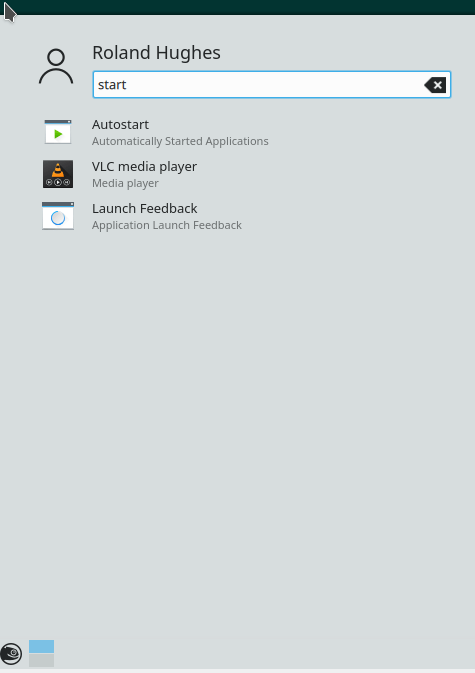
Autostart applications aren’t part of yast or so it appears. I wanted to add yakuake to my autostart application list because I’m used to having a drop-down terminal when working with Linux.
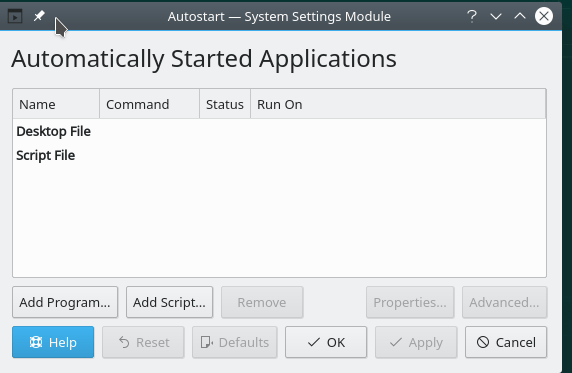
Clicking add program brings up the following

As you can see I navigated around to find Yakuake. As they say, the rest is history.
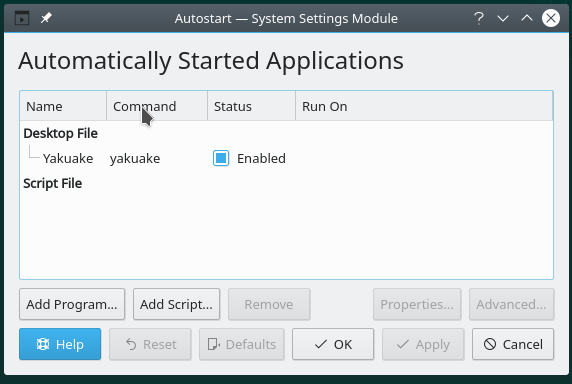
Installing and configuring OpenSUSE Leap 15.1 in Oracle Virtualbox
If you are looking for detailed instructions about installing Oracle Virtualbox on your Ubuntu based host read this article. I’m going to assume you’ve already done much/most of that. If you got in a hurry and didn’t select the ISO when starting I’m going to assume you can read this article and fix the problem yourself. This particular discussion is going to pick up at the build-essential part of the previous article.
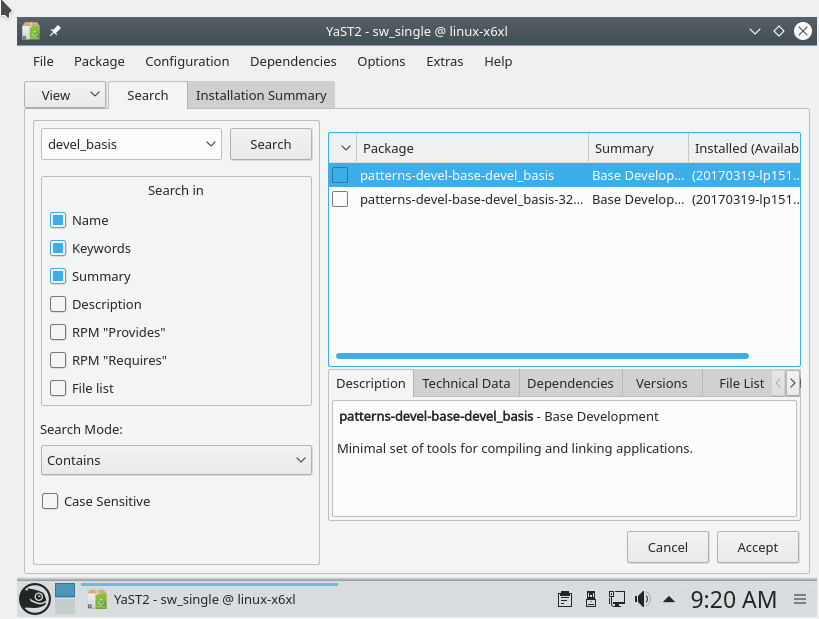
In the OpenSUSE world the build-essential equivalent is devel_basis.
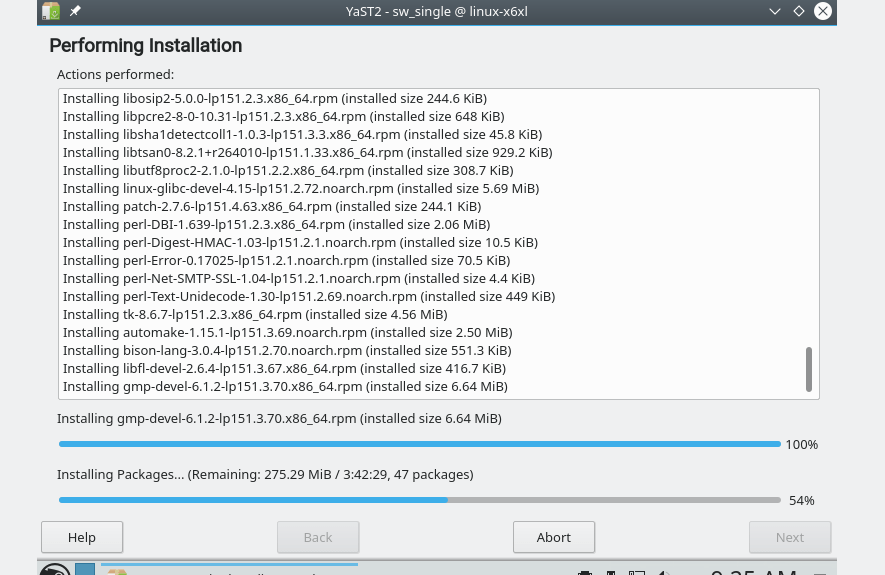
Yeah man, it installs a lot of packages.
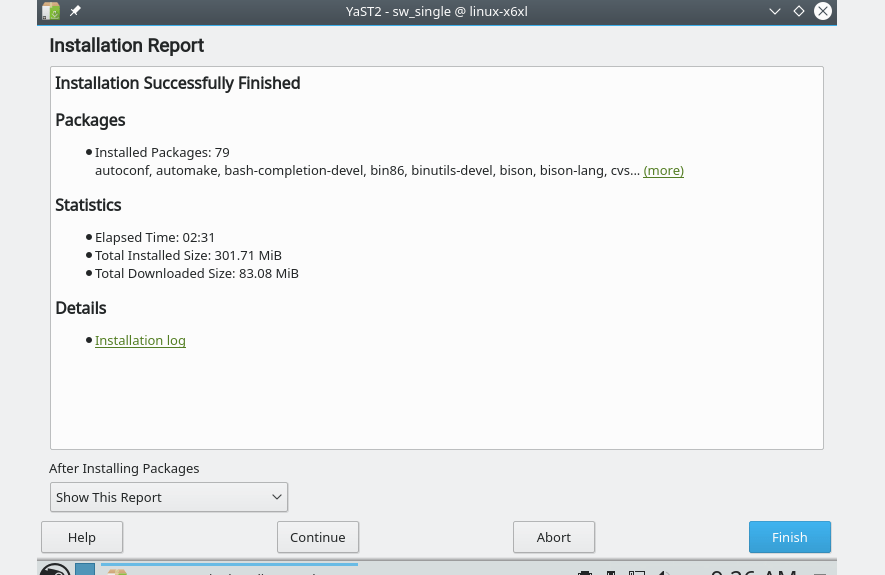
My line of sight Internet service is neither the speed of black fiber nor a slouch. The install sure felt like way more than two minutes though.
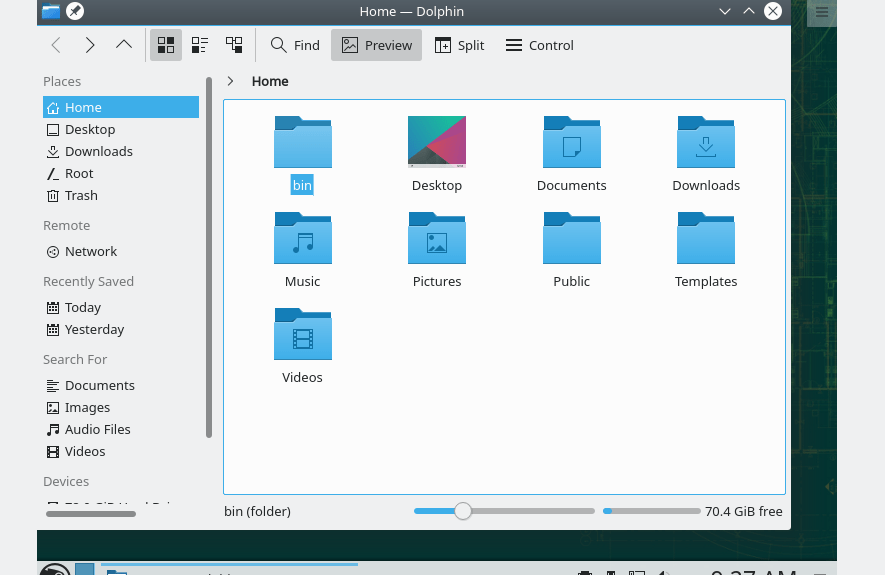
One thing you may notice if you were following along with the other instructions is that OpenSUSE automatically creates a bin directory under your home directory.
OpenSUSE is one of those KDE desktop distros which installs way too much KDE for you.
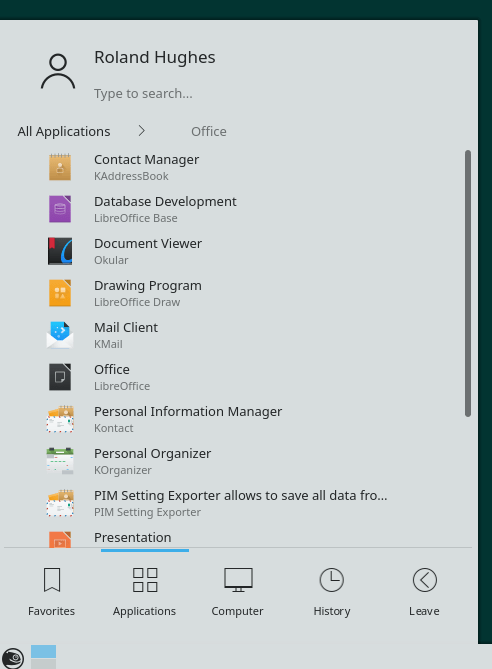
I used to use KMail, Kontact and KOrganizer back in the day. They all use Akonadi as a common backend. In theory, this isn’t horrible. At one point it was atrocious. That’s when I learned just how difficult it was to get data out of Akonadi in a format Thunderbird and other more common applications could use.

At least they install LibreOffice Writer instead of forcing you to use Calligra like some others. Forcing someone new to Linux to use Calligra would turn them off forever. That package has a steep learning curve just to write a letter home to mom from summer camp. As a professional author I refuse to use it.
Installing Guest Additions
When you are installing Guest Additions for a Ubuntu based distro it generally asks you if you want to run the autorun then runs it once you tell Virtualbox to insert the CD. Under OpenSUSE it pops up the Dolphin file browser/manager.
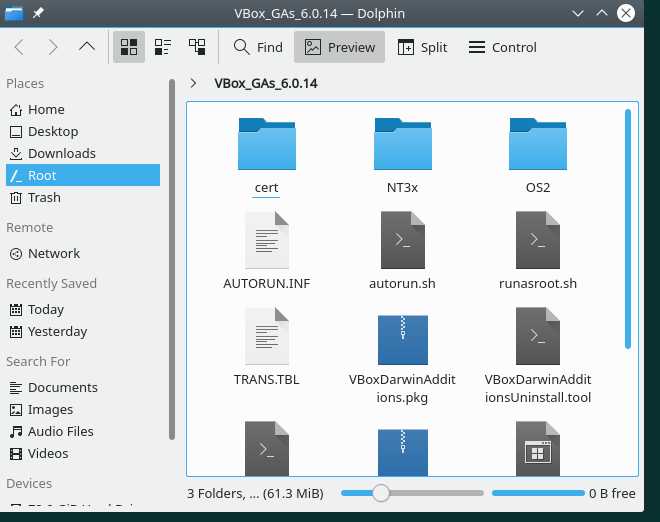
I had to right click on autorun.sh and choose “run in terminal” then I had to manually close the terminal once completed.
If you followed along with the instructions for creating a Ubuntu based VM, you probably noticed a bit of difference with respect to the share folder.

As you can tell, a mere mortal user cannot access it.
NOTE: SuSE used to be notorious for creating a root account and having a person issue su command to gain root authority. Ubuntu/Debian based distros have been using sudo for years without enabling a root account. There were many discussions over the years about just how insecure it was to require a known God account be enabled. Lots of shell scripts had to be hacked so they could straddle the great RPM/DEB divide. I was pleasantly surprised to see sudo work.
Don’t worry, our mount-share script can still mount and things are available in both places.
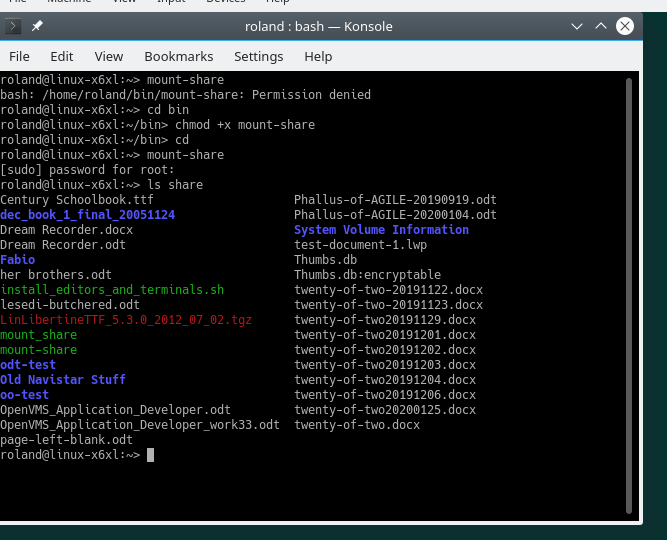
If you copy stuff to the /mnt/share directory you will need to use sudo and root,root will most likely own the files.
NOTE 2: User IDs are still hosed.
From KDE Neon host

From OpenSUSE in VM

Back in the day many developers would put the /home directory on a different physical disk than the OS install. This was done so /home/roland could be the same across many distros. When we needed to build and test with a different distro we just rebooted and selected a different Grub entry. The problem was always the differing uids. It looks like the problem has gotten somewhat better. Both are using 1000 for the uid, it’s just the groups that are way off. I seem to remember one of them used to have a really low uid number as well.
Things I Noticed
While I was able to locate and install Microsoft’s Core Fonts for the Web

For whatever reason years ago I used the Comic Sans font when creating the logo for my technical book series. I’m guessing it was so it “should” render the same in all browsers.

I was not able to locate an installable t1-cyrillic font package. This package used to contain “FreeTimes,” a very nice looking serif font I used when writing quite a few books. One of the reasons I never gave OpenSUSE another look after moving to Ubuntu was always having to backdoor in the t1-cyrillic fonts. I squirreled away one set of the fonts and it is a good thing I did. Someone dropped “FreeTimes” from the package in Ubuntu. If I ever need to work on a second edition of those books it is going to be a lot of work. Most of you who are not authors are thinking
“So what? Just select the text and change the font.”
Yeah, right. There are page break and other wrap issues to deal with. The more images, the more problems. Then you have to read through looking for internal references. What’s an internal reference? “as show on page NNN” which is now off by several pages.
Everything seemed faster
The feeling I could not help was that everything was faster. Part of this might have been explained by use of a simple, default video driver, but that makes no sense. Ultimately it all had to find its way through the NVIDIA driver the host computer was using. Everything should have been slower. I’m running inside of a VM and have to reach out of it to get to the disk. When I opened up “The Minimum You Need to Know About the Phallus of AGILE” it loaded the file blindingly fast. Well, blinding compared to how it loads on the host computer. All 598 pages with all of those images and I could bounce from beginning to end like snapping my fingers.
About all I can think of is Leap 15.1 is either using a newer kernel where some huge performance degradation got fixed or it has a dramatically better disk caching algorithm. Yes, there should be two levels of disk caching going on give the checked box, but that doesn’t explain the speed of reading one document file and rendering everything in the word processor. Both are running 6.3.something so I wouldn’t expect a huge difference.